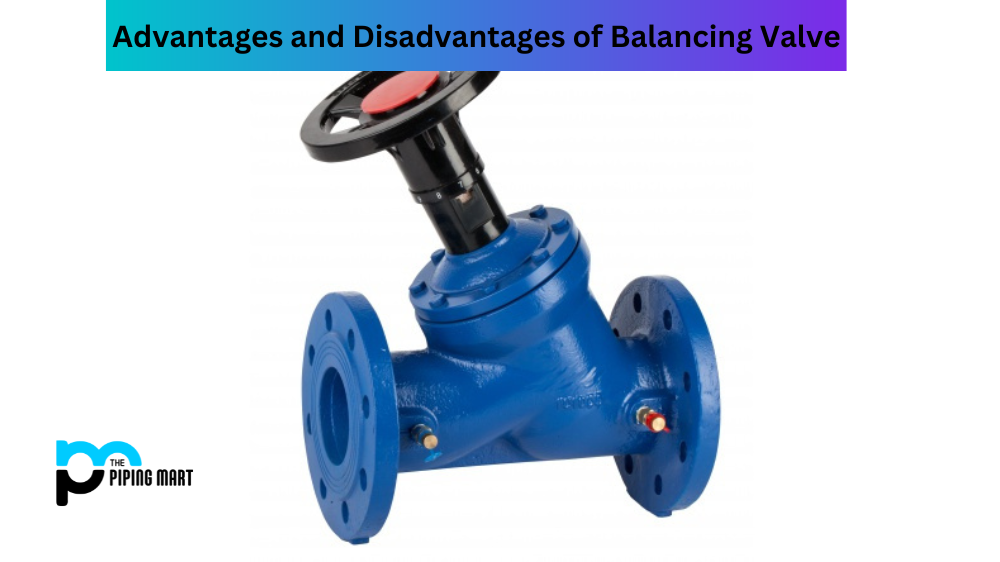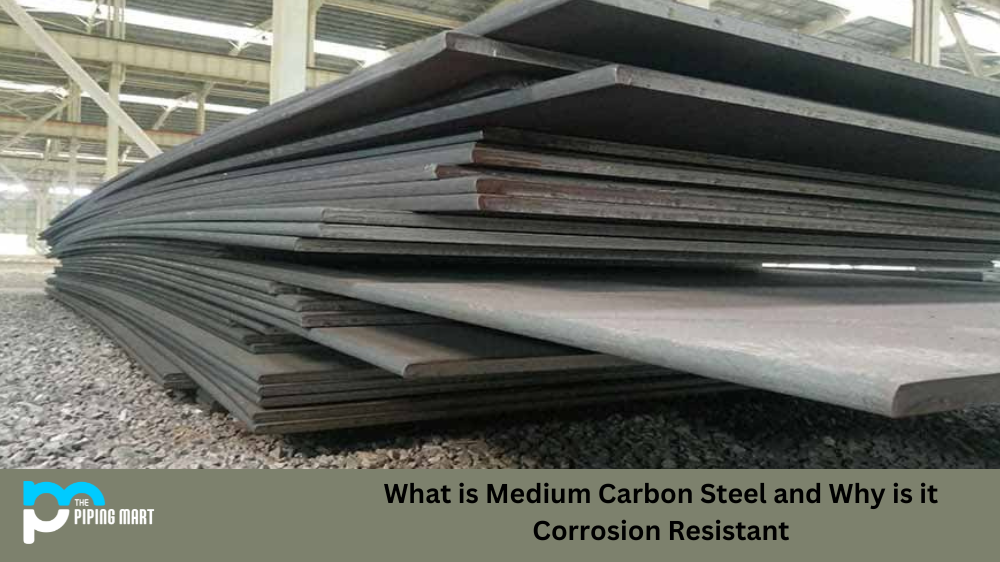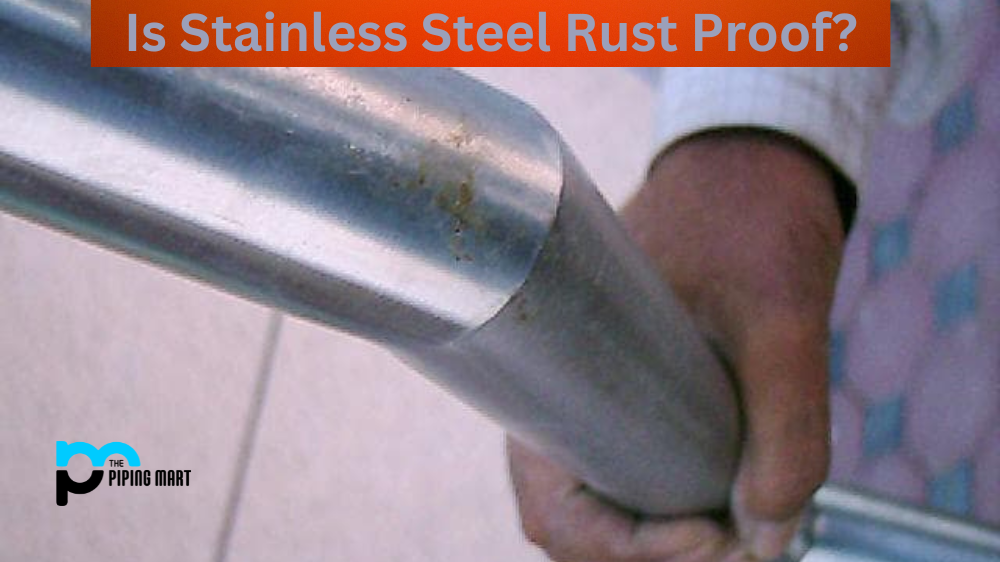When it comes to choosing the best stainless steel can be a daunting task, especially when you need to figure out the differences between the types available. Stainless steel is an alloy made of iron, carbon, and chromium, which offers many advantages. Two of the most popular types of stainless steel are 431 and 416. These two types of steel are great for many applications, but which one is the best? In this blog post, we will compare stainless steel 431 vs 416 to help you make an informed decision.
Difference Between Stainless Steel 431 and 416
Composition
Stainless steel 431 is a high-chromium stainless steel alloyed with nickel and molybdenum. It has high strength and excellent corrosion resistance and is often used for high-temperature applications. On the other hand, stainless steel 416 is medium carbon steel alloyed with chromium, making it more rust-resistant but less durable than 431.
Machinability
Another important aspect when comparing 431 vs 416 is their machinability. Stainless steel 416 is easier to machine than stainless steel 431, as it has a lower sulfur content, making it more suited for mass production. On the other hand, stainless steel 431 is more difficult to machine but can result in a better finish.
Welding
Stainless steel 416 has poor welding capabilities due to its low sulfur content, which results in brittle welds. Stainless steel 431 has good welding abilities, making it the ideal choice for high-temperature applications requiring welding. 431 requires preheating before welding to reduce the risk of cracking.
Heat Treatability
Stainless steel 431 is heat-treatable and responds well to heat treatment, making it the preferred choice for high-temperature applications. 416, however, is not heat-treatable, making it less durable and less suited for high-temperature applications.
Applications
Stainless steel 431 is commonly used in the aerospace industry, marine parts, shafts, and pumps. It’s a great choice for high-pressure or high-temperature environments. On the other hand, stainless steel 416 is great for applications requiring corrosion resistance, such as valves, gears, and bolts.
Conclusion
Choosing between stainless steel 431 and 416 depends on your needs and requirements. Both steels are great for certain applications, and understanding the differences can help you make the best decision. Although 416 is more rust-resistant, 431 offers superior strength and performance in high-temperature applications. In summary, stainless steel 431 is the right choice for high-temperature applications that require welding, while 416 is better suited for applications where corrosion resistance is the top priority.




